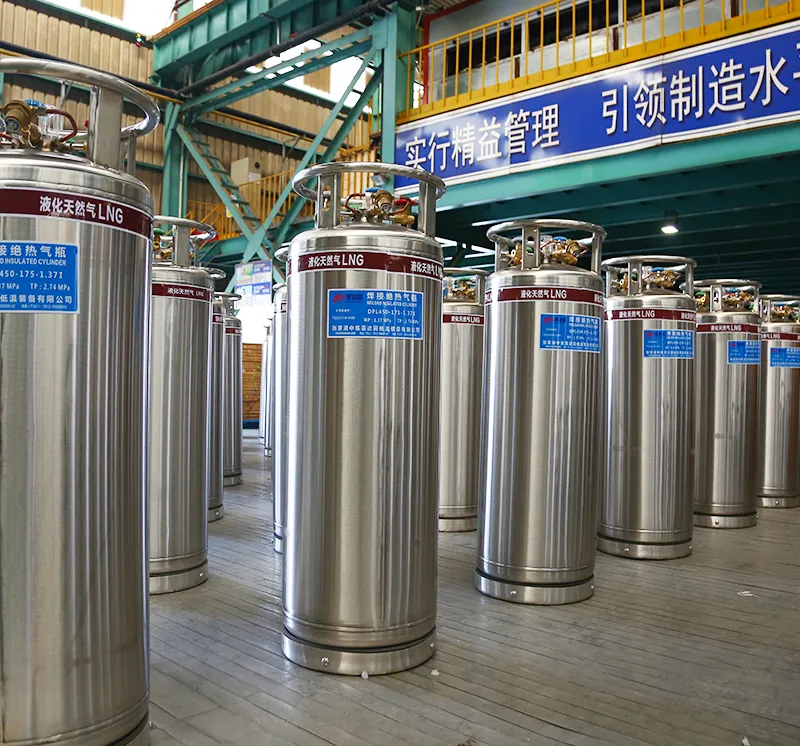What is a Cryogenic Storage Tank for LNG?
A cryogenic storage tank for LNG (Liquefied Natural Gas) is a highly specialized containment system designed to store LNG at extremely low temperatures. LNG is natural gas that has been cooled to around -162°C (-260°F), transforming it into a liquid state, which reduces its volume by approximately 600 times, making it more economical for storage and transport.
Key Components of a Cryogenic Storage Tank for LNG:
Inner and Outer Tanks: The storage system typically consists of an inner tank, made of materials like stainless steel or aluminum that can withstand extremely low temperatures, and an outer tank, often constructed from carbon steel or concrete, providing structural support and insulation.
Insulation: A crucial component that minimizes heat transfer and maintains the low temperature required to keep LNG in its liquid state. Common insulation materials include perlite and vacuum-insulated panels.
Piping and Valves: Specialized cryogenic piping and valves are used to handle the low temperatures and to control the filling and withdrawal processes of LNG.
Pressure Relief Systems: Safety features designed to release pressure build-up caused by the boil-off gas, ensuring the tank remains safe and functional.
Monitoring Systems: Advanced sensors and controls for monitoring temperature, pressure, and liquid levels within the tank to ensure safe and efficient operation.
Advantages of Cryogenic Storage Tanks for LNG:
Efficient Storage: The ability to store large quantities of natural gas in a compact liquid form.
Safety: Designed with multiple safety systems to handle the challenges of storing LNG at extremely low temperatures.
Transportation: Facilitates the transport of natural gas over long distances where pipelines are not feasible.
Applications of LNG Cryogenic Cylinder:
Cryogenic storage tanks for LNG are vital in various industries and applications:
Energy: They are used in LNG terminals for storage before regasification and distribution through pipelines or LNG carriers.
Transportation: LNG is used as a cleaner fuel for ships and heavy-duty vehicles, and these tanks are crucial for storing fuel at refueling stations.
Industrial: Industries that require large amounts of natural gas for processes, such as chemical manufacturing, use these tanks for on-site storage.
In summary, cryogenic storage tanks for LNG are critical for the efficient and safe storage and transportation of liquefied natural gas. Their advanced design and technology enable the widespread use of LNG as a cleaner energy source, playing a pivotal role in the global energy infrastructure.
If you have any questions about lng cryogenic cylinder or new energy transportation related questions, you can contact us and CIMC Enric will provide you with detailed answers!

评论
发表评论